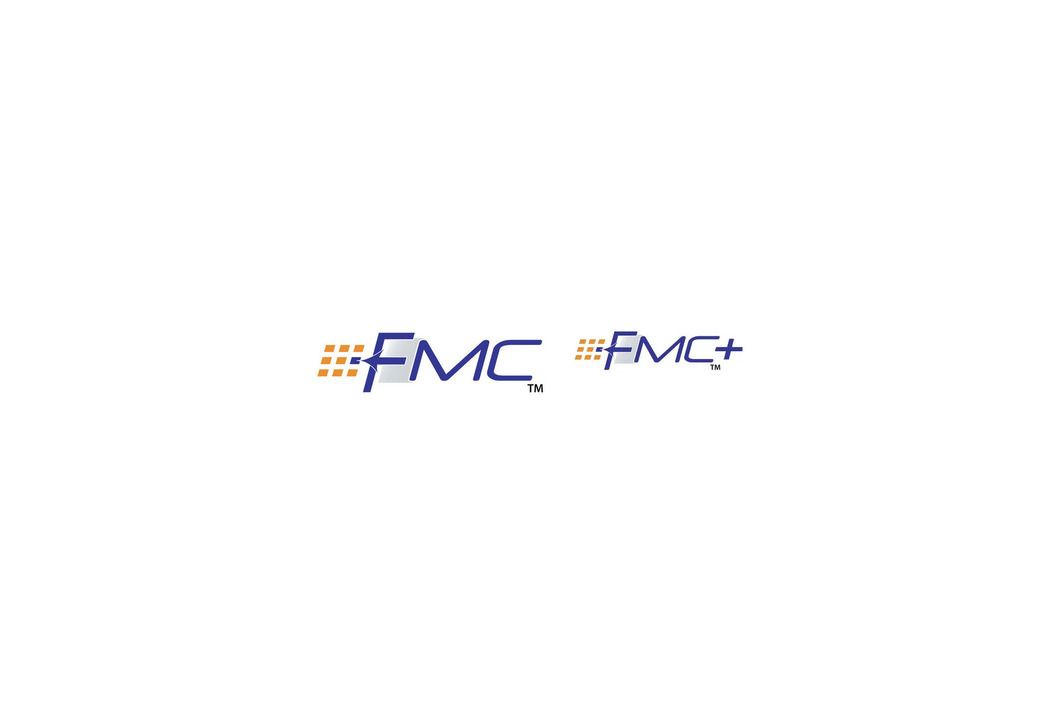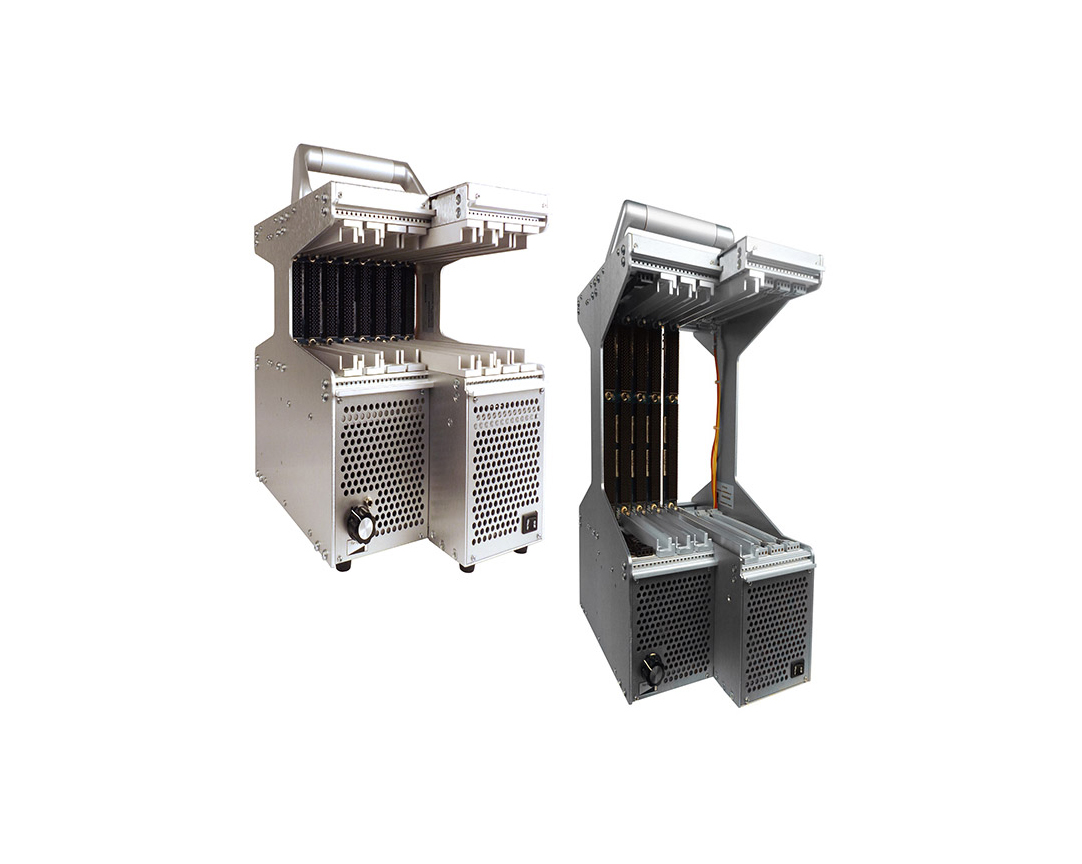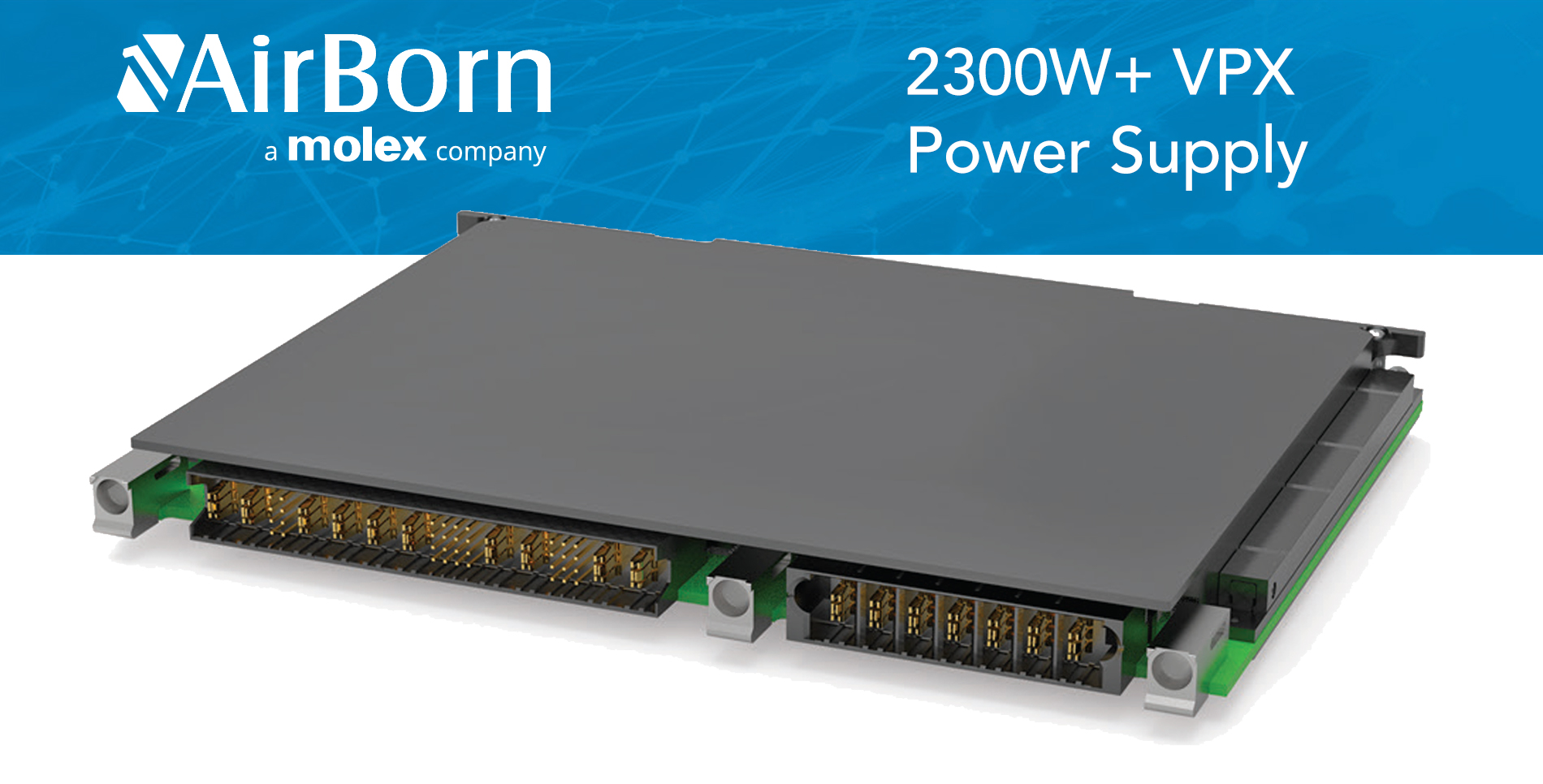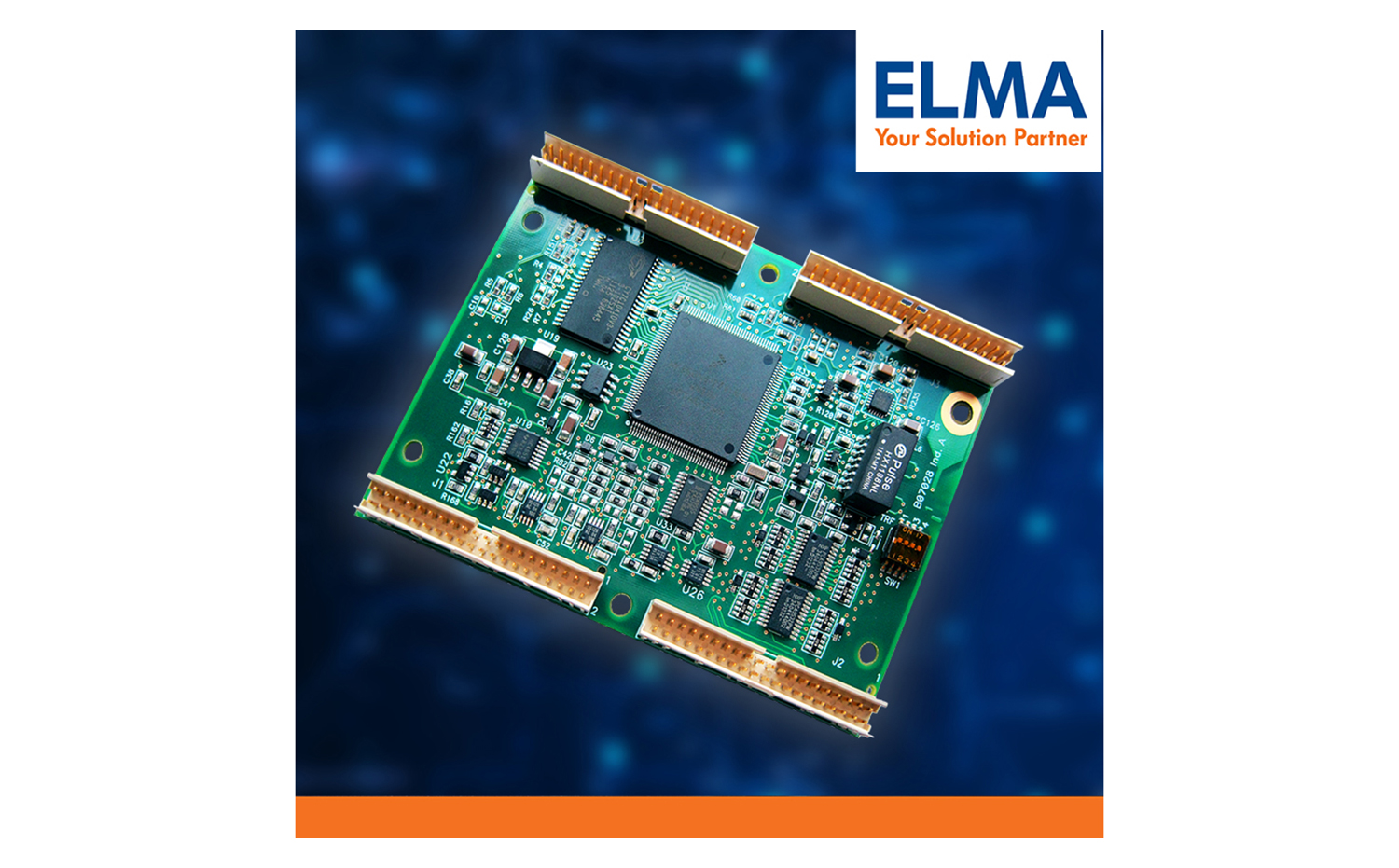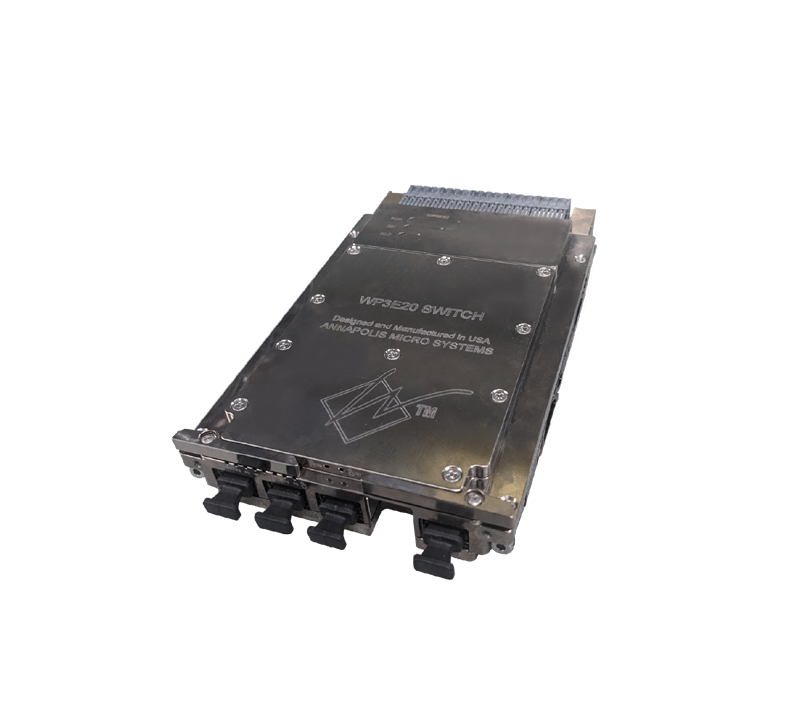FMCs also offer the flexibility to reuse carrier cards, firmware, and software on new projects. They also enable a standardized engineering knowledge base, which can decrease spin-up time on new projects and programs. Their compact size of 69 mm x 76.5 mm adapts well to a variety of configurations and compliments other common mezzanine formats such as PMC, XMC, and AMC. The format is an excellent choice for such applications as intelligence gathering systems, RADAR/SONAR, real-time video processing, and wireless telecommunications.
Technical benefits
The FMC form factor emerged to address the need for different front panel I/O configurations for systems development. FPGA carrier cards in 3U and 6U form factors rely on fixed front panel connectivity designed for particular functions, so it can be necessary to replace the card to change the front panel I/O. While PMC and XMC modules can be used to reconfigure the front panel I/O, their size uses a large portion of the FPGA card area. The combination of FPGA carrier cards with FMC daughter cards is the perfect choice for optimal performance and flexibility because these smaller modules address the bandwidth, latency, and connectivity limitations of PMC and XMC formats. FMCs are half the size of XMCs and typically produce less than 12 W of heat.
FMCs provide a standard form factor and modular interface on an FPGA carrier card. A simplified I/O interface design is made possible by decoupling the I/O interfaces from the FPGA, which maximizes the reuse potential of carrier cards. FMC offers the best I/O approach outside of a monolithic solution. They can serve in a number of roles such as analog-to-digital conversion, digital-to-analog conversion radio frequency transceiver, optical communication, clock distribution, and DSP.
The FMC format offers additional advantages over other configurations in the areas of data throughput, latency, and system overhead. The format supports 80 LVDS pairs and 10 high-speed transceiver lanes, thus offering an aggregate bandwidth of 300 Gigabits per second (Gbps) between the mezzanine and carrier cards. By removing protocol overhead, it is also possible to eliminate latency and enable deterministic data delivery with the FMC form factor.
Reducing costs and risk
The simplicity of the FMC standard reduces risk in system development by minimizing power requirements, lowering IP core costs, reducing material costs, and shortening engineering times partly because expertise in protocol standards such as PCI, PCIe, or Serial RapidIO is not required. FMCs enable cost-effective project budget management because it is possible to repurpose existing designs for new I/O requirements simply by changing the FMC module and tweaking the FPGA design.
An FPGA development kit combined with an FMC translates into project savings when factored into a typical solution budget. The ability to reuse the FMC as-is in the final product reduces risk significantly while cutting down development costs and giving firmware and software engineers access to a functional platform early in the project cycle. For example, a complementary DAQ platform can be centered on a Xilinx Kintex Ultrascale FPGA KCU105 evaluation kit installed in a PCIe slot of a desktop PC or connected to a laptop via Ethernet (see Figure 1). The functionality of the card can be extended by adding daughter boards such as the 4DSP FMC116 analog-to-digital converter module with 16 channels able to digitize signals at a rate of 125 Msps each. The use of such a platform during the early stages of system integration lowers engineering overhead by reducing the time spent on software and firmware integration and testing. It also allows the process to begin weeks or months earlier in the schedule by using readily available hardware.
Trends in the embedded industry
The FMC format continues to gain momentum. As compatibility increases, it becomes easier to integrate FMCs with carrier cards from different vendors under VITA 57.2. As of 2014, the VITA product directory lists 16 vendors providing a wide variety of FMC modules (100+), FPGA carrier cards, or combinations of both. FMC sites are now available on most development boards from FPGA industry leaders Xilinx and Altera. Indeed, FMCs are fueling the growth of FPGA-based solutions much as the PMC and XMC formats did for embedded CPU-based systems.
FPGAs have established themselves as an effective high-performance option because their attributes make them ideal for overcoming the inherent size, weight, and power (SWaP) constraints for embedded DSP applications. System solutions based on user-programmable FPGAs offer advantages that cannot be overlooked, and the industry has responded accordingly. During 2012 and 2013, most commercial off-the-shelf (COTS) board suppliers rolled out new FPGA products for the embedded space.
There are several technical reasons for this growth, such as big gains in logic cell counts, serial transceiver rates, channel counts, embedded ARM processors, and DSP capabilities. FPGA suppliers have also shifted their focus from a target market of hardware designers and HDL developers to software engineers and systems integrators. Additionally, design automation tools are improving. This has increased the number of FPGA system developers by giving a broader range of engineers the means to more quickly develop effective FPGA firmware. These trends benefit COTS board suppliers and system integrators by reducing time to market and lowering development costs.
Consequently, top FPGA suppliers have seen their sales rise as many developers turn away from the competing ASIC approach due to the prohibitive expense. Programmable chip makers recognize this substantial growth opportunity as they work to displace ASIC technologies. Global FPGA leader Xilinx, who controls about 50 percent of the PLD market, reported that sales of 28 nm and 40 nm products drove revenue growth in fiscal year 2014. As a result, the company is continuing to expand its FPGA product family to better serve a growing number of high-performance computing applications for customers in such areas as military (intelligence, surveillance, and reconnaissance (ISR)), mobile communications (WCDMA radio), and enterprise data services (data centers).
As the selection of FPGAs broadens, the number of FPGA-based carrier cards multiplies, enabling previously unseen solutions with dramatically expanded functionality and an attractive combination of performance and power efficiency. Additionally, significantly more flexible logic and onboard IP help to position FPGAs to facilitate the creative engineering necessary for differentiated and competitively advantaged embedded systems when coupled with innovative FMC designs.
4DSP 1-800-816-1751 www.4dsp.com


